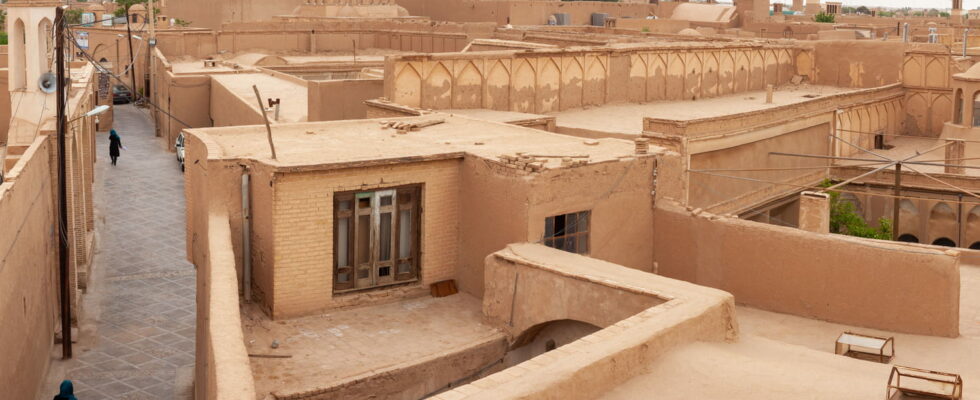Faced with heat waves, some solutions are resurfacing. This is the case of these ancestral techniques of the Persians to keep cool
The heat will gradually settle in France and finding a bit of coolness will become a real challenge in the coming weeks. Turning the air conditioner on full blast is neither an economical nor an ecological solution, and even less a solution for the future given the significant energy requirements of these devices. Not to mention the heat rejected outside which has the effect of further increasing the effects of heat waves in our cities…
Engineers are therefore working on other solutions. And when it comes to finding new ideas, why not take inspiration from the ancients? Some technical solutions are actually based on very old inventions. This is the case of a particularity of Persian cities. More than 2,500 years ago, the Persians had already found clever architectural solutions to protect themselves from extreme temperatures, even in the heart of the Iranian desert!
When the thermometer happily exceeds 40°C in Yazd, one of the hottest cities in the world, its inhabitants still stay cool today thanks to ingenious natural ventilation systems. Traditional houses are topped with elegant wind towers called “badguirs”. Resembling tall four-sided chimneys and pierced with vertical slits, they capture the slightest breath of fresh air and circulate it throughout the homes.
Under pressure, the hot air is then pushed out. This 100% natural air conditioning uses neither electricity nor polluting materials. However, it can lower the interior temperature by 10 degrees Celsius. The “badguirs” are often coupled with underground rooms called “sardab” where the air is cooled by contact with water brought from the mountains by ancient galleries, the “qanats”.
It is also possible to draw inspiration from these techniques at home. While it is difficult to change the exposure of rooms, their layout or the construction materials, you can still promote natural ventilation by opening windows and doors on opposite sides. This creates a draft that drives out hot air. To amplify the effect, you can place a fan in front of the windward window. In homes, planting terraces, installing water points or sunshades are other easy-to-implement solutions.
The architecture of the old city of Yazd, with its narrow streets and covered passages that protect from the sun, could be a real source of inspiration for the current challenges of sustainable development. From Dubai in the United Arab Emirates to Melbourne in Australia, projects are now drawing inspiration from ancient Persian techniques to design buildings that minimize the use of air conditioning. Proof that the most ecological and smartest solutions are sometimes the oldest!
